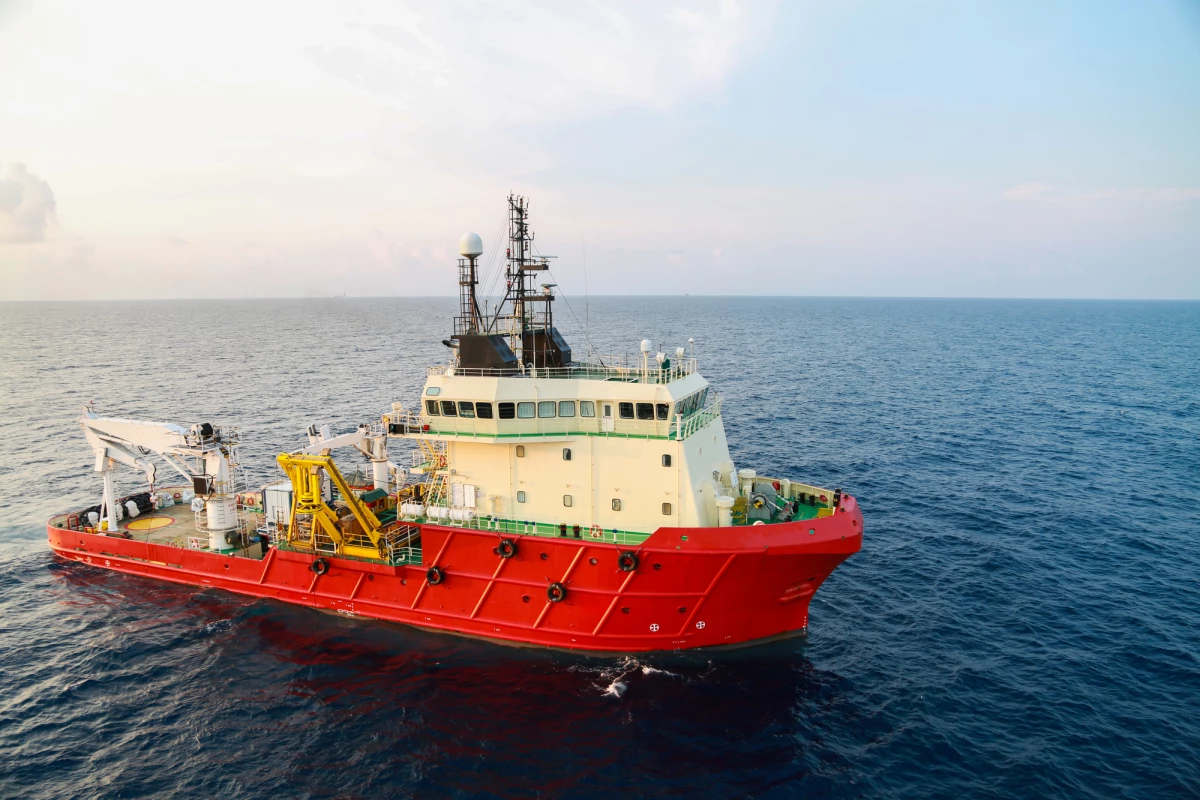Lockheed Martin has been selected as the main contractor to conduct a study on how to provide the US Navy with large, autonomous ships that can operate for extended periods without a crew. Part of the Navy's Large Unmanned Surface Vessel (LUSV) competition, Lockheed is working with Portland, Oregon-based shipbuilder Vigor Works, LLC, and will provide program management, platform integration, systems engineering, combat management, automation, and cybernetic expertise.
With the biggest costs of building and operating a ship revolving around putting a crew aboard it, the US and other navies are very interested in creating unmanned or man-optional ships that can carry out both routine and extremely hazardous duties, leaving sailors to handle the sort of executive and complex tasks that still require a human touch.
These autonomous ships of the future could be anything from small autonomous patrol craft, to sub hunters, to full-blown combat submarines. Such craft could, ideally, leave port on their own, remain at sea for months at a time, and then return autonomously for refit and maintenance.
For the LUSV competition, the Lockheed team has been awarded a US$7-million contract to perform a year-long study that, if successful, could lead to the next phase, which is the Navy’s LUSV Detailed Design & Construction competition. The study will look at how to build an autonomous vessel based on a current commercial ship design, which can be modified to accept automated, autonomous, and cybersecurity systems and house a payload.
According to Lockheed, the new design will draw on the company's previous work on autonomous systems, including the platform-agnostic Sikorsky MATRIX technology that allows a helicopter to be flown using a wireless tablet, and the AXIS control technology that is already in use by the Navy for managing engineering and machinery controls.
The ultimate goal is to reconfigure the US fleet to act as a distributed network, with each element working in real-time as both a sensor and weapons platform as required.
"The Lockheed Martin team brings together nearly 200 years of combined experience in shipbuilding, integration, automation, and autonomy," says Joe DePietro, Lockheed Martin vice president and general manager of Small Combatants and Ship Systems. "Our team is energized by and focused on delivering the Navy what they’ve asked for – a design for an affordable, low-risk ship capable of bringing the Navy’s Distributed Maritime Operations (DMO) vision to life."
Source: Lockheed Martin





